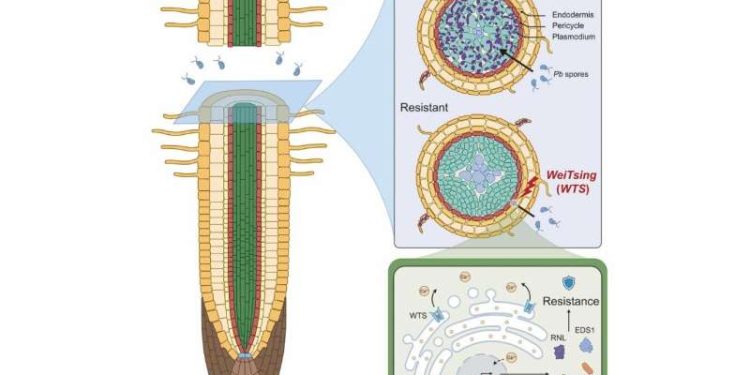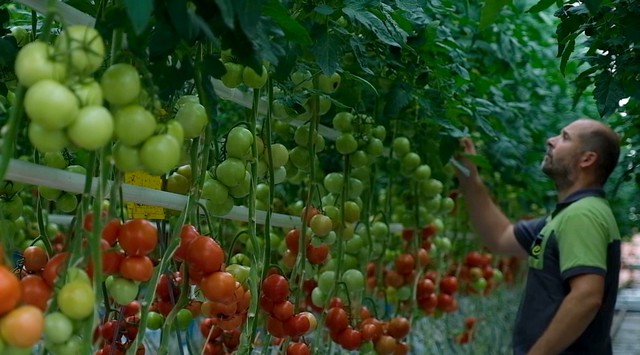This article explores the latest scientific advancements in addressing major root diseases that pose a significant threat to agriculture. By delving into the research outlined in a recent Phys.org article, farmers, agronomists, agricultural engineers, farm owners, and scientists can gain valuable insights into novel strategies, biocontrol methods, and genetic advancements that can help mitigate the impact of these devastating diseases on crop health and yield.
Root diseases represent a significant challenge for farmers worldwide, causing substantial economic losses and jeopardizing food security. However, recent breakthroughs in scientific research are paving the way for innovative solutions to combat these major root diseases. As reported on Phys.org, scientists have made remarkable progress in understanding the underlying mechanisms of these diseases, leading to the development of novel strategies for prevention, biocontrol, and genetic resistance.
One of the key findings highlighted in the article is the identification of specific microbial communities that can promote plant health and combat root diseases. Through comprehensive studies and advanced molecular techniques, scientists have discovered beneficial microorganisms that can suppress the growth and activity of pathogens responsible for major root diseases. Harnessing the power of these beneficial microbes offers a promising avenue for biological control, reducing the reliance on chemical treatments and enhancing sustainable agricultural practices.
Furthermore, researchers are exploring genetic advancements to enhance plant resistance against root diseases. By deciphering the genetic makeup of both the pathogens and the host plants, scientists can identify key genes associated with disease resistance. This knowledge enables the development of genetically improved crop varieties that possess inherent resistance mechanisms, providing an effective and long-term solution to combat root diseases. These resistant varieties can withstand pathogen attacks, reducing crop losses and ensuring a more secure food supply.
It is important to note that these scientific advancements are not limited to laboratory settings. Researchers are actively collaborating with farmers, agronomists, and agricultural engineers to translate these findings into practical applications. This partnership between scientists and agricultural stakeholders ensures that the developed strategies and techniques are suitable for real-world implementation and align with the needs of farmers on the ground.
In conclusion, the ongoing research and breakthroughs in combatting major root diseases provide hope for a more resilient and sustainable agricultural future. By harnessing beneficial microbial communities, exploring genetic advancements, and fostering collaboration between scientists and agricultural stakeholders, we can mitigate the devastating impact of root diseases and safeguard crop health and yield. Embracing these innovative solutions will be instrumental in ensuring food security and the long-term sustainability of the agricultural sector.
Tags: Root Diseases, Agriculture, Plant Pathology, Crop Health, Biocontrol, Genetic Advancements, Sustainable Agriculture, Microbial Communities, Disease Resistance, Collaboration











